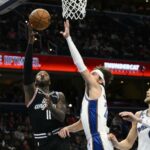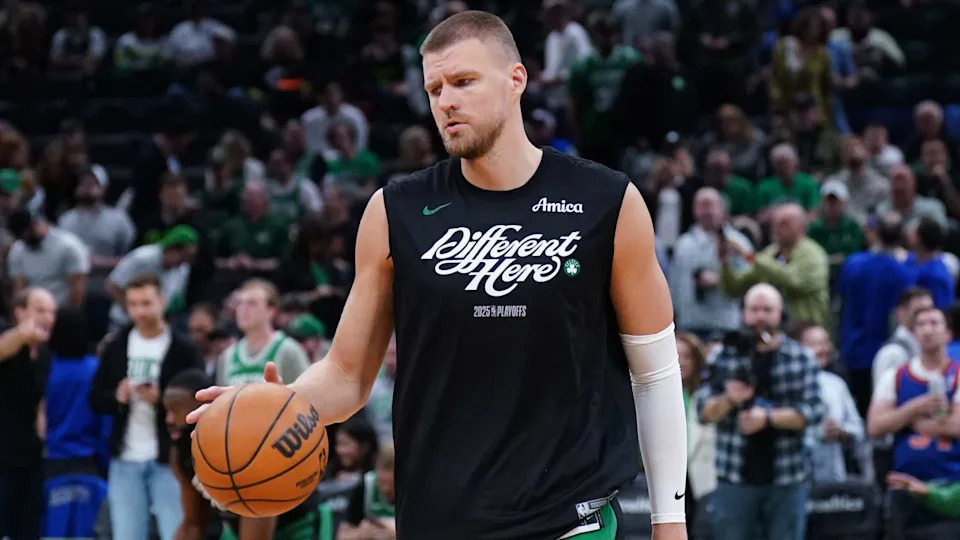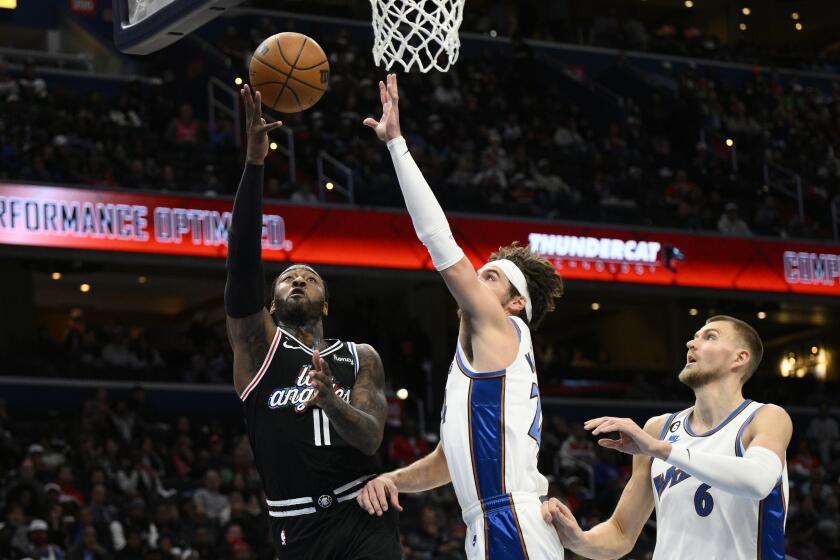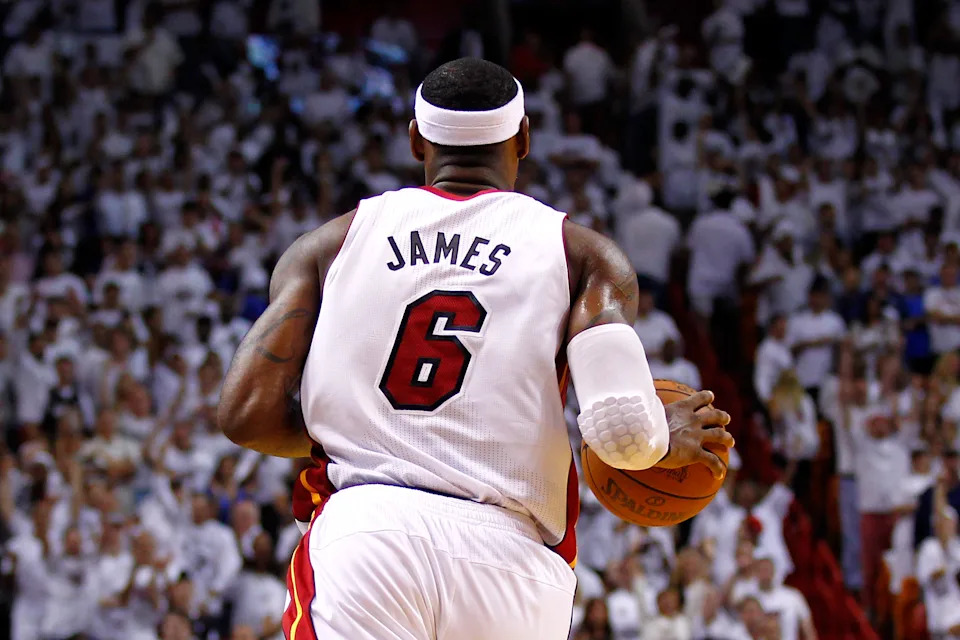
Kristaps Porziņģis’ Mysterious Ailment Threatens to Derail Celtics’ Championship Dreams
Boston’s offensive juggernaut, once humming so fiercely that it overwhelmed nearly every opponent, has come to an unexpected sputter against the Knicks. After torching defenses throughout the regular season with a dazzling 120.2 points per 100 possessions, and maintaining that firepower in their initial postseason sweep of the Magic, the Celtics have now hit a rough patch—crawling to just 99.5 points per 100 in their first two games versus New York. What’s striking isn’t just the dip in scoring but the cold reality of blowing wide-open leads, leaving fans wondering if it’s a slump in shots falling, a tactical tweak from the Knicks’ newfound switching defense, or a malaise gripping Boston’s stars at the worst possible moment. In moments like these, you’d expect the Celtics to lean heavily on their “easy button,” that mismatch nightmare—a versatile big who can punish switches, punish slower defenders, and stretch the floor.
But here’s the kicker: that button’s there; it’s just not clicking. Kristaps Porziņģis, the 7-foot-3 linchpin who carried Boston’s offense inside-out en route to the championship last year, hasn’t looked like himself. Hobbled by a lingering viral ailment, his presence in the series has been limited and lackluster, leaving a big question hanging over Boston’s chances as they stare down an 0-2 hole with Game 3 looming in Madison Square Garden. The hope? That Porziņģis can shake off fatigue, reclaim his role as the Celtics’ offensive fulcrum, and breathe life back into a team desperate for easier buckets and momentum swings that could turn this series around.
It’s a precarious spot—portrayed by the tension of tight margins and the grinding nature of playoff basketball—but it underscores just how much the Celtics’ fortunes hinge on the health and revitalization of their towering “unicorn.”
LEARN MOREAdvertisementThat elite offensive performance has not carried over against New York, though. Yes, the Celtics are dramatically underperforming their expected effective field goal percentage on 3-point attempts; they’re also shooting only 47.3% on 2-point shots and have produced just 14 points on 15 possessions finished out of the post, with Horford shooting 4-for-17 from the field while also struggling mightily to contain Karl-Anthony Towns in Game 2.Advertisement
Advertisement
Advertisement
Advertisement
Advertisement
AdvertisementAdvertisementWhether you attribute that primarily to Boston’s players just missing shots they’ve made all season, to the Knicks’ sudden shift to switching ball screens forcing the Celtics out of their comfort zone, to their stars lacking some ineffable clutch gene, or a little bit of all of the above, at a time like this, you’d imagine the C’s would love to get something easy. To be able to take advantage of the switching by tossing the ball to a big guy who can take a smaller defender into the post and shoot over the top of him, or to punish New York’s bigs by drawing them out into deep water on the perimeter with the threat of high-volume, high-accuracy 3-point shooting.























Post Comment